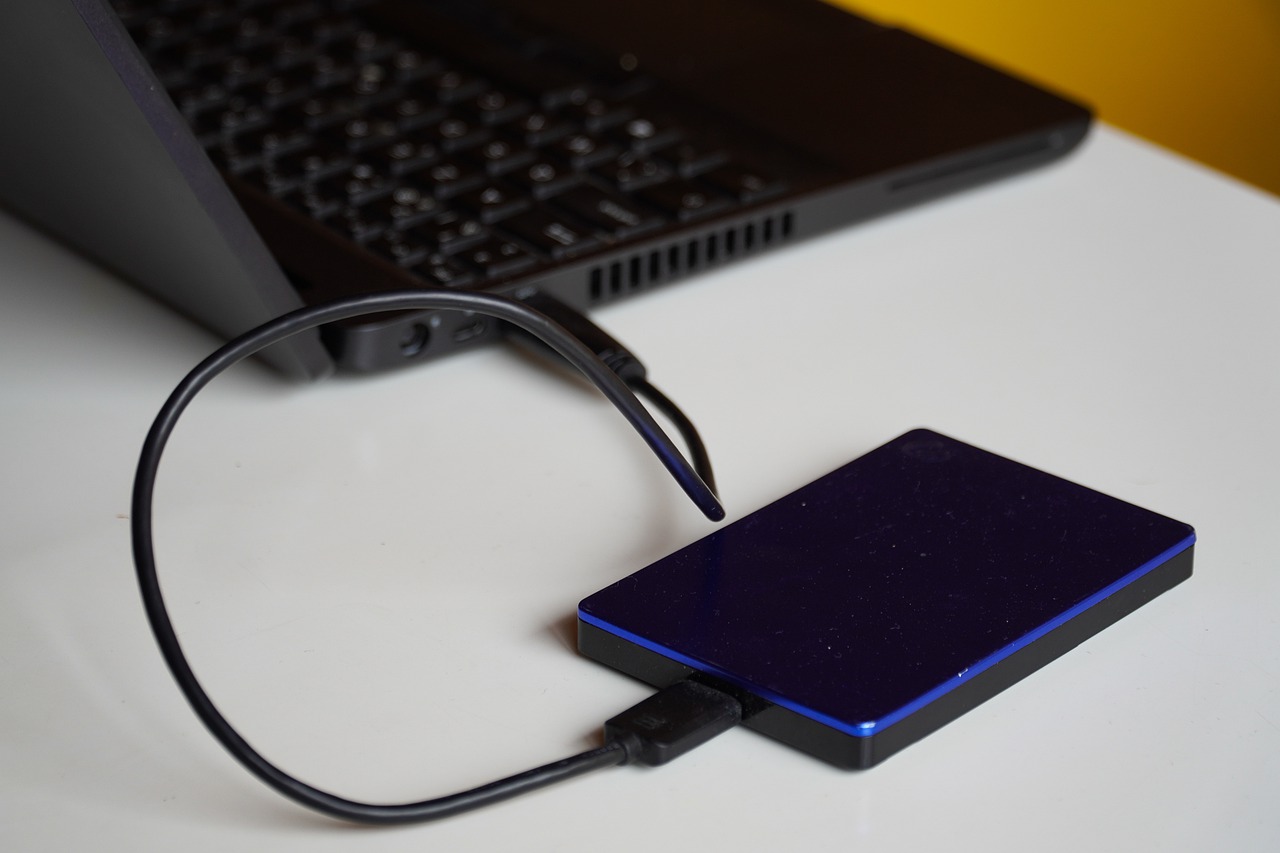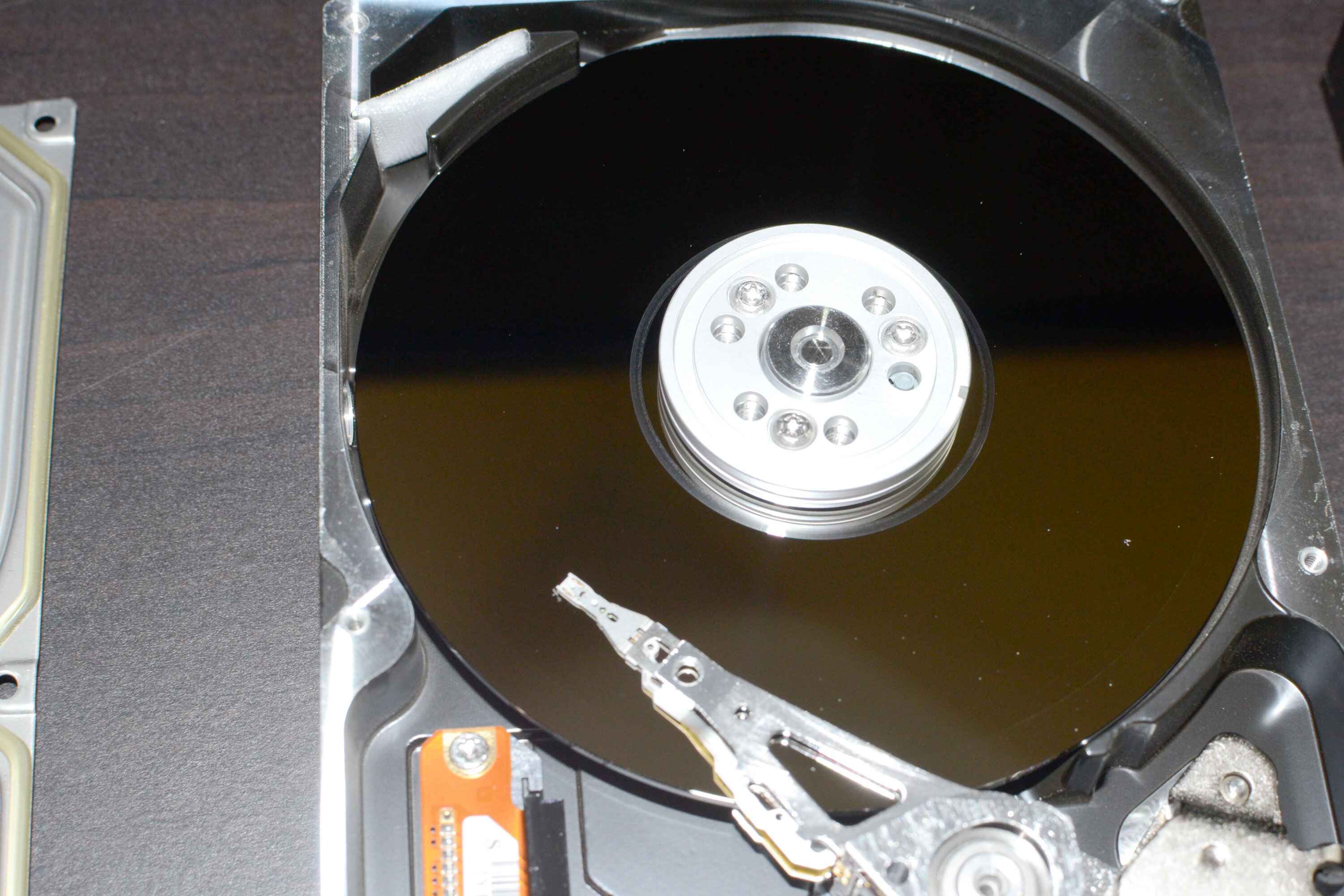Introduction
Welcome to this comprehensive guide on how to clean your hard disk drive (HDD) in Windows 7. Over time, your computer’s hard drive accumulates unnecessary files, temporary files, and other clutter that can slow down your system’s performance. Cleaning your HDD regularly is essential to maintain optimal speed and free up valuable storage space.
Windows 7, one of Microsoft’s most popular operating systems, provides built-in tools and features that can help you clean your hard drive effectively. By following a few simple steps, you can remove unwanted files, uninstall unnecessary programs, and optimize your hard drive for better performance.
In this guide, we will walk you through each step of the process, explaining the purpose of each action and how it contributes to a cleaner and more efficient hard drive. Whether you are a novice computer user or an experienced technician, the instructions provided here are easy to follow and applicable to anyone using Windows 7.
Cleaning your hard disk drive has numerous benefits. Firstly, it helps to free up valuable storage space, allowing you to store more important files and applications. This is particularly important if you have a smaller hard drive or if you frequently download large files or install resource-intensive software.
Secondly, a clean hard drive can significantly improve your computer’s performance. When your hard drive is cluttered with unnecessary files and programs, it can slow down the overall speed and responsiveness of your system. By removing this clutter, you can minimize the time it takes for your computer to boot up, launch applications, and perform other tasks.
Lastly, regular cleaning of your hard drive can contribute to the overall longevity of your system. Accumulated clutter and fragmented files can put unnecessary strain on your hard drive, potentially leading to hardware failure over time. By regularly cleaning your hard drive, you can help prolong the lifespan of your computer and avoid costly repairs or replacements.
Now that we understand the importance and benefits of cleaning your hard disk drive in Windows 7, let’s dive into the step-by-step process to clean and optimize your system for better performance.
Why Clean Hard Disk Drive?
Cleaning your hard disk drive (HDD) is an important maintenance task that should be done regularly to keep your computer running smoothly. Over time, your HDD can become cluttered with unnecessary and temporary files, leading to decreased performance and reduced storage space. Here are some compelling reasons why you should clean your hard disk drive:
1. Free up Storage Space: As you use your computer, various files and programs accumulate on your hard drive, taking up valuable storage space. By cleaning your HDD, you can delete unneeded files, temporary files, and other unnecessary data, creating more room for important files and applications.
2. Improve System Performance: When your hard drive is filled with unnecessary files, it can cause your computer to slow down. This is because the system needs to take more time to search through an overloaded HDD. By cleaning your hard disk drive, you can optimize its performance, resulting in faster boot times, quicker application launches, and smoother overall operation.
3. Remove Clutter: Cluttered files and programs can make it difficult to find and access the files you actually need. By cleaning your HDD, you can eliminate unnecessary clutter, making it easier to locate and organize your important files and folders.
4. Protect Your Privacy: Temporary files and browsing history can contain sensitive information that you may not want others to access. By cleaning your hard drive, you can remove these traces of your online activities and ensure that your personal information remains secure.
5. Prevent Data Loss: A cluttered hard drive increases the risk of data corruption and loss. By regularly cleaning your HDD, you can minimize the chances of data loss, ensuring the integrity of your important files and documents.
6. Prolong the Lifespan of Your Hard Drive: An overloaded and fragmented hard drive can put additional strain on the hardware, potentially leading to premature failure. By cleaning your HDD and defragmenting it regularly, you can help extend the lifespan of your hard drive and avoid costly hardware replacements.
Taking the time to clean your hard disk drive is a simple yet effective way to maintain your computer’s performance and ensure the longevity of your system. With the built-in tools available in Windows 7, cleaning your HDD is a straightforward process that can yield significant benefits. In the following sections, we will guide you through the step-by-step process of cleaning your hard drive in Windows 7.
Step 1: Delete Unnecessary Files
The first step in cleaning your hard disk drive (HDD) is to delete unnecessary files. Over time, your computer accumulates various types of files that are no longer needed, such as temporary files, cache files, and internet browsing history. These unnecessary files not only take up valuable storage space but can also slow down your system’s performance. Here’s how to delete them in Windows 7:
1. Open the Disk Cleanup Tool: Click on the “Start” button and type “Disk Cleanup” in the search box. Select the “Disk Cleanup” application from the search results.
2. Select the Drive to Clean: In the Disk Cleanup window, select the drive you want to clean, usually the “C:” drive, and click “OK.” Windows will calculate the amount of space you can free up.
3. Choose the Files to Delete: In the Disk Cleanup window, you will see a list of file categories that can be deleted. These may include temporary files, system-created Windows error reports, previous Windows installations, and more. Select the file categories you want to delete by checking the corresponding boxes.
4. Review and Confirm: Before deleting the selected files, take a moment to review the total amount of disk space that will be freed up. Click on the “OK” button to proceed. If prompted, confirm your action by clicking “Delete Files” on the pop-up window.
5. Wait for the Cleanup Process: Windows will now delete the selected files. Depending on the amount of data to be removed, this process may take a few minutes. You can monitor the progress in the Disk Cleanup window.
Once the cleanup process is complete, you will have successfully deleted unnecessary files from your hard drive. This will free up storage space and enhance the performance of your computer. It’s a good practice to perform this cleanup regularly to keep your HDD clutter-free.
In addition to using the Disk Cleanup tool, you can also manually delete unnecessary files from specific folders. For example, you can empty the Recycle Bin, delete files from your Downloads folder, and clear your browser’s cache. These additional steps can further optimize your hard drive’s storage and performance.
Now that you have cleared out unnecessary files from your hard disk drive, it’s time to move on to the next step: uninstalling unnecessary programs.
Step 2: Uninstall Unnecessary Programs
In order to fully clean your hard disk drive (HDD) and free up more space, it’s important to uninstall unnecessary programs from your computer. Over time, you may have installed software that you no longer use or need. Removing these programs not only helps to declutter your hard drive but also improves your system’s performance. Follow these steps to uninstall unnecessary programs in Windows 7:
1. Open the Control Panel: Click on the “Start” button and select “Control Panel” from the menu.
2. Access the Programs and Features: In the Control Panel window, click on the “Programs” category and then choose “Programs and Features.” This will open a window displaying a list of installed programs on your computer.
3. Select the Program to Uninstall: Scroll through the list of installed programs and identify the ones you no longer need. Click on the program you want to uninstall to select it.
4. Uninstall the Program: With the program selected, click on the “Uninstall” button located at the top of the window. You may be prompted to confirm your action or provide administrator permission. Follow the on-screen instructions to complete the uninstallation process.
5. Repeat as Necessary: Repeat steps 3 and 4 for each program you want to uninstall from your computer.
It’s important to note that some programs may require a restart to complete the uninstallation process. If prompted, go ahead and restart your computer.
By uninstalling unnecessary programs, you not only free up storage space on your hard drive but also reduce the number of background processes running on your system. This can lead to improved system performance and faster load times for the remaining programs and applications that you do use regularly.
While going through the list of installed programs, be sure to only uninstall those that you are certain you no longer need. It’s recommended to refrain from uninstalling programs that are essential for the functioning of your computer or programs that you are unfamiliar with.
In this step, you have successfully uninstalled unnecessary programs from your Windows 7 computer, taking another significant step towards optimizing your hard disk drive. Now, let’s move on to the next step: running Disk Cleanup.
Step 3: Run Disk Cleanup
Running Disk Cleanup is an essential step in cleaning your hard disk drive (HDD) in Windows 7. This built-in utility allows you to remove unnecessary files and free up valuable disk space, improving the overall performance of your computer. Follow these steps to run Disk Cleanup:
1. Open Disk Cleanup: Click on the “Start” button and type “Disk Cleanup” in the search box. Select the “Disk Cleanup” application from the search results.
2. Select the Drive to Clean: In the Disk Cleanup window, select the drive you want to clean, typically the “C:” drive, and click “OK.” Windows will calculate how much space you can free up.
3. Choose the Files to Delete: In the Disk Cleanup window, you’ll find a list of file categories that can be deleted. These include temporary files, downloaded program files, recycle bin contents, and more. Select the file categories you want to clean by checking the corresponding boxes.
4. Start the Cleanup Process: Click on the “OK” button to begin the cleanup process. A confirmation window will appear asking if you’re sure you want to proceed. Click “Delete Files” to confirm your selection.
5. Wait for Cleanup to Complete: Windows will now start cleaning the selected files from your hard drive. The duration of the cleanup process will depend on the amount of data to be removed. You can track the progress of the cleanup in the Disk Cleanup window.
Once the cleanup process is complete, you will have successfully removed unnecessary files from your HDD, reclaiming disk space and boosting the performance of your computer. Disk Cleanup is an effective way to clear temporary files, system files, and other unnecessary data that can accumulate over time.
It’s important to note that Disk Cleanup is a safe process, as it only targets files that are no longer needed by your system. However, you should review the file categories before cleaning to ensure you don’t inadvertently delete important files or data. If you’re unsure about a specific file category, it’s generally safe to leave it unchecked.
Running Disk Cleanup regularly is a good practice to maintain a clean and optimized hard drive. By removing unnecessary files, you can free up disk space and enhance the performance of your Windows 7 computer. With Disk Cleanup completed, you’re ready to move on to the next step: removing temporary files.
Step 4: Remove Temp Files
Removing temporary files is a crucial step in thoroughly cleaning your hard disk drive (HDD) in Windows 7. Temporary files are created by various applications and processes on your computer and can accumulate over time, taking up valuable disk space. By removing these files, you can free up storage space and improve the performance of your computer. Follow these steps to remove temporary files:
1. Open the Run Command: Press the Windows key + R on your keyboard to open the Run dialog box.
2. Enter the Temp Folder Location: In the Run dialog box, type “%temp%” (without the quotes) and click “OK.” This will open the Temp folder, which contains temporary files.
3. Select and Delete Temp Files: Within the Temp folder, press Ctrl + A on your keyboard to select all files and folders. Then, press the Delete key or right-click and choose “Delete” from the context menu. You may encounter files that cannot be deleted because they are in use by another program. In that case, check the box to skip those files and then click “Skip.”
4. Confirm Deletion: A confirmation dialog box may appear, asking if you’re sure you want to permanently delete the selected files. Click “Yes” to confirm.
Note: Some files may not be able to be deleted due to their nature or current use by a running process. It is safe to skip these files and proceed with the cleanup.
By following these steps, you will successfully remove temporary files from your HDD, freeing up valuable disk space and improving the performance of your Windows 7 computer. It is recommended to perform this cleanup regularly to prevent the accumulation of unnecessary files on your hard drive.
In addition to manually deleting temporary files, you can also use the Disk Cleanup utility to remove temporary files. As mentioned in the previous step, Disk Cleanup provides an option to delete temporary files, making it a convenient and efficient method to clear up disk space.
Now that you have removed temporary files from your HDD, it’s time to move on to the next step: cleaning system files.
Step 5: Clean System Files
Cleaning system files is an essential step in thoroughly cleaning your hard disk drive (HDD) in Windows 7. System files, such as Windows Update files and old Windows installations, can take up significant disk space over time. By cleaning these files, you can free up storage space and optimize your computer’s performance. Follow these steps to clean system files:
1. Open the Disk Cleanup Tool: Click on the “Start” button, type “Disk Cleanup” in the search box, and select the “Disk Cleanup” application from the search results.
2. Select the Drive to Clean: In the Disk Cleanup window, select the drive where your operating system is installed, typically the “C:” drive, and click “OK.” If prompted, click “OK” again to confirm your selection.
3. Click on “Clean up System Files”: In the Disk Cleanup window, click on the “Clean up system files” button. Windows will perform an additional scan to calculate the amount of space that can be freed up from system files.
4. Choose the Files to Delete: In the System Cleanup window, you will see a list of file categories that can be cleaned. These may include Windows Update files, Windows Defender files, and previous Windows installations. Select the file categories you want to delete by checking the corresponding boxes.
5. Review and Confirm: Before deleting the selected system files, review the amount of disk space that will be freed up. Click “OK” to proceed. If prompted, confirm your action by clicking “Delete Files” on the pop-up window.
6. Wait for the Cleanup Process: Windows will now clean the selected system files from your hard drive. The duration of the cleanup process will depend on the size and number of files to be removed. You can monitor the progress in the Disk Cleanup window.
Once the cleanup process is complete, you will have successfully cleaned system files from your HDD, reclaiming disk space and improving the performance of your Windows 7 computer. Cleaning system files is especially important to remove outdated and unnecessary files, ensuring that your operating system runs smoothly and efficiently.
Regularly cleaning system files is recommended to maintain a clean and optimized hard drive. By removing unnecessary system files, you can free up disk space and enhance the performance of your Windows 7 computer. With system cleanup completed, you’re ready to move on to the next step: defragmenting your hard drive.
Step 6: Defragment Your Hard Drive
Defragmenting your hard drive is an important step in optimizing its performance and efficiency. Over time, files on your hard disk drive (HDD) can become fragmented, meaning that parts of a file are stored in different locations on the disk. This can slow down file access times and overall system performance. By defragmenting your hard drive, you can rearrange these fragmented files, improving file access speed and enhancing your computer’s performance. Follow these steps to defragment your hard drive in Windows 7:
1. Open the Disk Defragmenter Tool: Click on the “Start” button, type “Disk Defragmenter” in the search box, and select the “Disk Defragmenter” application from the search results.
2. Select the Drive to Defragment: In the Disk Defragmenter window, you will see a list of drives available for defragmentation. Select the drive you want to defragment, typically the “C:” drive, and click on the “Defragment Disk” button. You may need to provide administrator permission to proceed.
3. Wait for the Defragmentation Process: The Disk Defragmenter tool will now analyze your selected drive to determine its fragmentation level. Once the analysis is complete, it will start the defragmentation process. The time it takes to defragment your drive will depend on its size and level of fragmentation. You can monitor the progress in the Disk Defragmenter window.
4. Review the Results: After the defragmentation process is complete, the Disk Defragmenter tool will display a summary of the results, indicating the level of fragmentation and whether any files could not be defragmented. You can also view a detailed report by clicking on the “View Report” button.
By regularly defragmenting your hard drive, you can improve the overall performance and efficiency of your Windows 7 computer. Defragmentation helps to organize files and reduce the time it takes for your computer to access and read them, resulting in faster file opening and system boot times.
It is important to note that newer operating systems, such as Windows 8 and Windows 10, perform automated defragmentation in the background. However, in Windows 7, manual defragmentation is still necessary to ensure optimal performance. It is recommended to defragment your hard drive at least once every few months, or more frequently if you notice a significant decrease in system performance.
With your hard drive successfully defragmented, you’re now ready to move on to the next step: disabling hibernation to free up disk space.
Step 7: Disable Hibernation
Disabling hibernation is the final step in cleaning and optimizing your hard disk drive (HDD) in Windows 7. Hibernation is a feature that allows your computer to save its current state to the hard drive before shutting down, enabling you to resume your work exactly as you left it. However, the hibernation file can take up a significant amount of disk space, especially on systems with limited storage capacity. By disabling hibernation, you can reclaim that space and further improve the performance of your computer. Here’s how to disable hibernation in Windows 7:
1. Open an Elevated Command Prompt: Click on the “Start” button, type “cmd” in the search box, right-click on “Command Prompt” in the search results, and select “Run as administrator.” This will open an elevated command prompt window.
2. Disable Hibernation: In the command prompt window, type the following command and press Enter:
powercfg -h off
3. Verify the Changes: Once the command is executed, hibernation will be disabled, and the hibernation file will be removed from your hard drive. You can verify this by checking the available disk space on your HDD or by rechecking the hibernation option in the Power Options settings.
By disabling hibernation, you can free up significant disk space, as the hibernation file can be several gigabytes in size. This extra disk space can be used to store important files, applications, or improve the overall performance of your Windows 7 computer.
It is worth noting that disabling hibernation means that you will no longer be able to use the hibernation feature on your computer. However, sleep mode and shut down options will still be available for you to choose from. If you rarely use or do not rely on hibernation, disabling it can be a practical solution to optimize your HDD’s storage space.
Congratulations! You have successfully completed all the steps to clean, optimize, and reclaim valuable disk space on your hard disk drive in Windows 7. By following this guide regularly or as needed, you can ensure that your computer remains running smoothly and efficiently.
Conclusion
Cleaning your hard disk drive (HDD) is an essential maintenance task to keep your Windows 7 computer running smoothly and efficiently. By following the step-by-step process outlined in this guide, you have learned how to effectively clean and optimize your HDD, leading to improved performance and increased storage space.
Throughout this guide, we covered various steps, starting with deleting unnecessary files and uninstalling unnecessary programs. We then proceeded to run Disk Cleanup to remove temporary and system files, followed by removing temporary files manually. Next, we cleaned system files and defragmented the hard drive for better file access speeds. Finally, we disabled hibernation to free up valuable disk space.
Regularly performing these cleaning and optimization tasks will help keep your computer running smoothly and extend the lifespan of your hard drive. It’s a good practice to set a schedule to perform these tasks every few months or as needed, depending on your usage patterns and available disk space.
Remember, as technology advances, newer operating systems like Windows 8 and Windows 10 have automated many of these processes, making them virtually effortless. However, for Windows 7 users, following these manual steps is crucial to maintaining optimal system performance.
By keeping your HDD clean and optimized, you can experience faster boot times, improved application performance, and have more storage space for important files and programs. Regular maintenance also reduces the risk of data loss and hardware failure.
Thank you for following this guide on how to clean and optimize your hard disk drive in Windows 7. By taking the time to perform these steps, you are investing in the long-term health and performance of your computer. Enjoy the benefits of a clean and efficient HDD, enabling you to work and play seamlessly on your Windows 7 system.







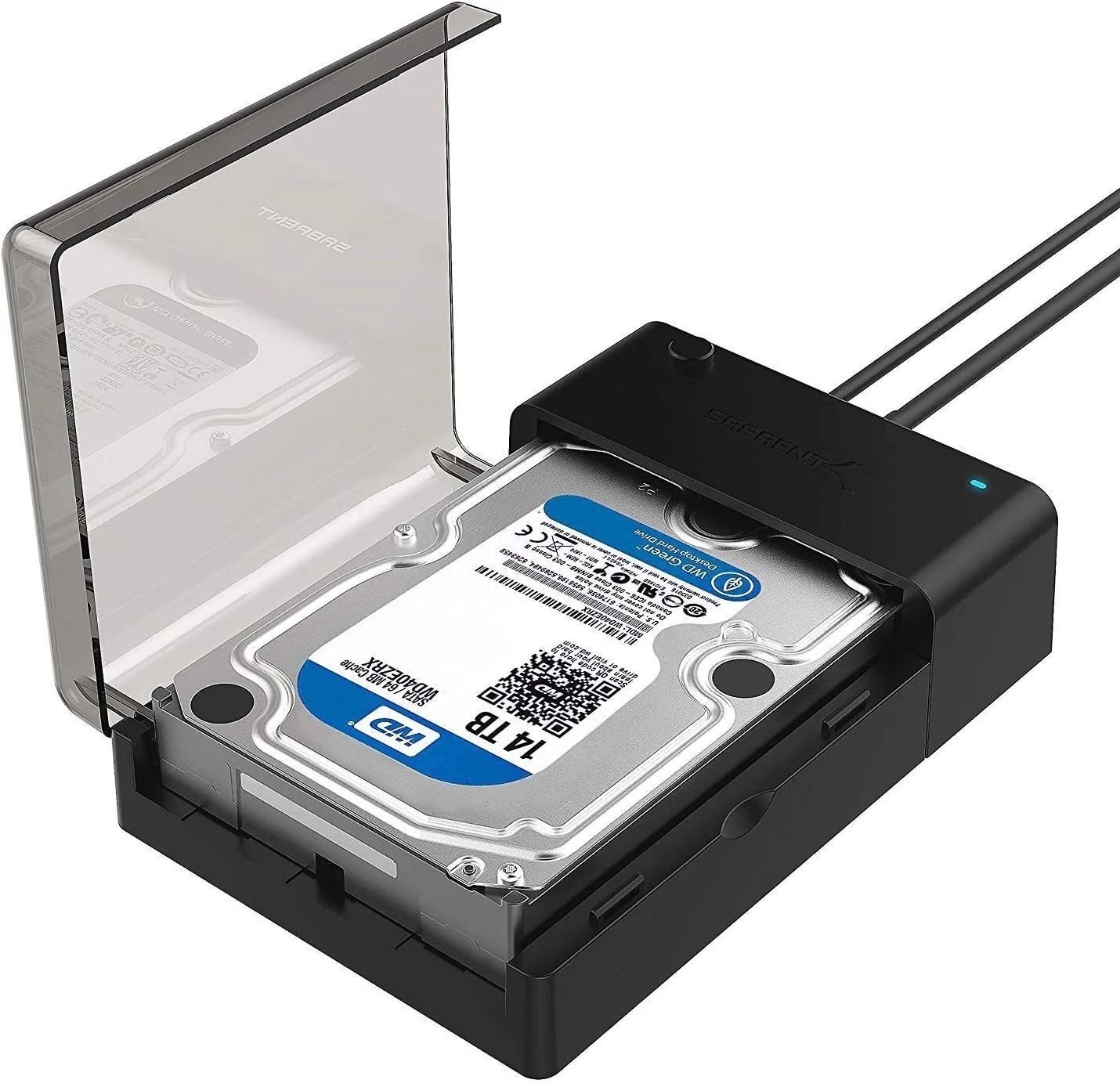

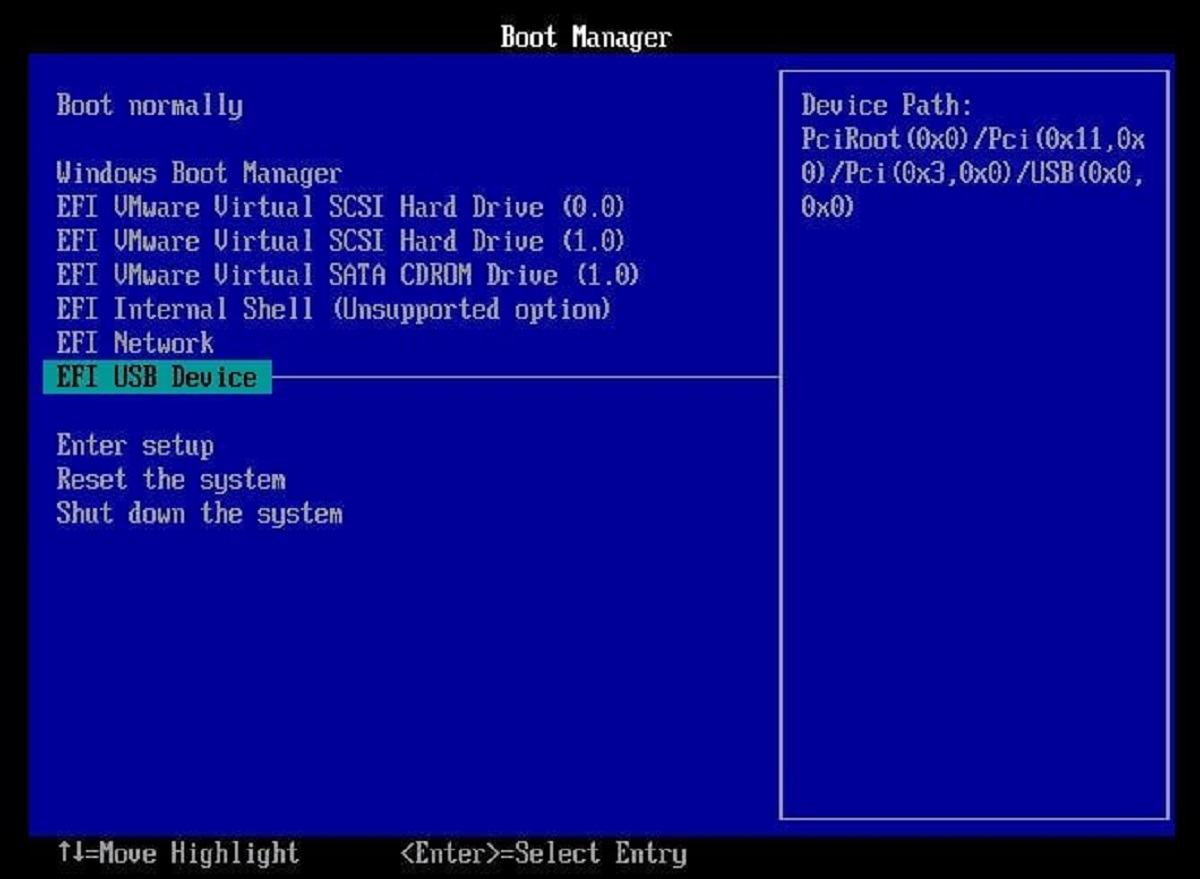
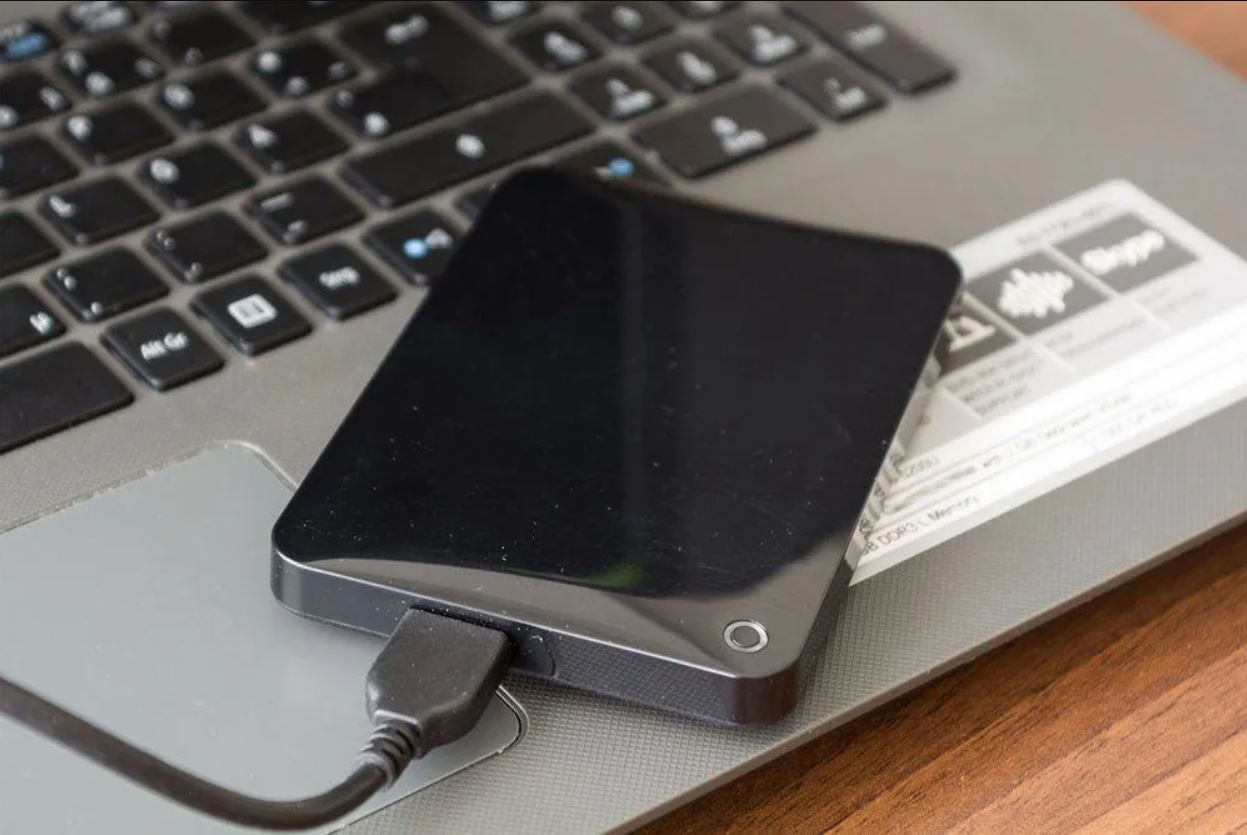
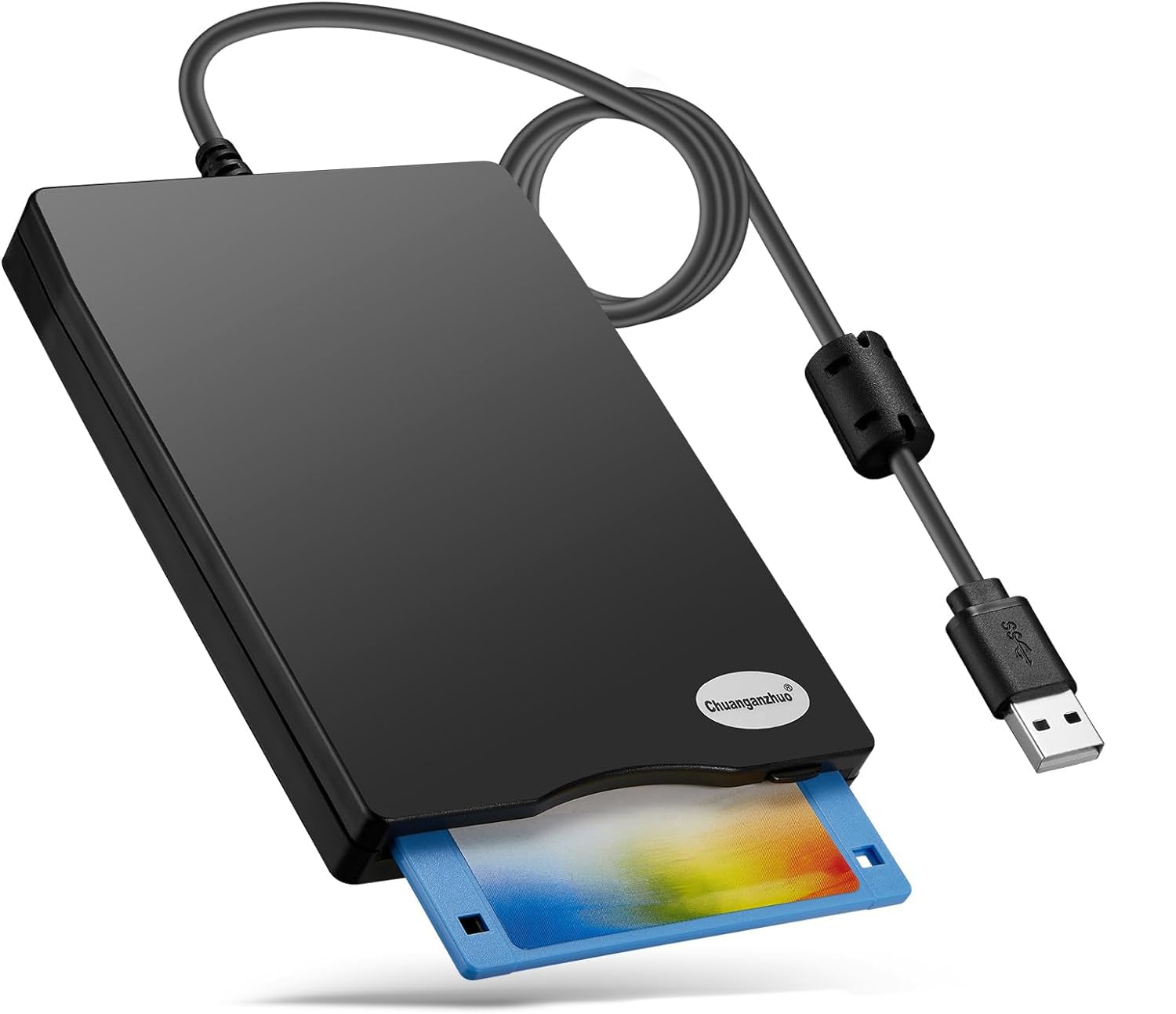
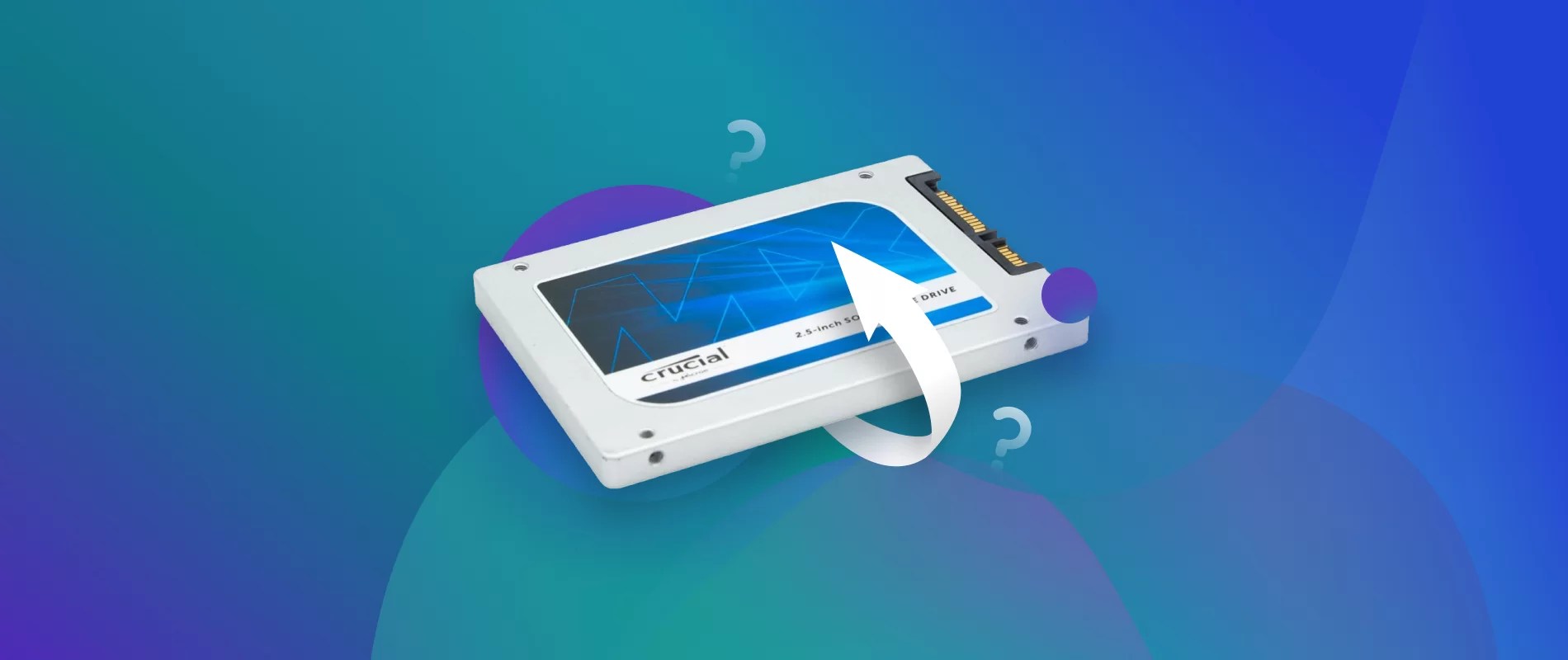
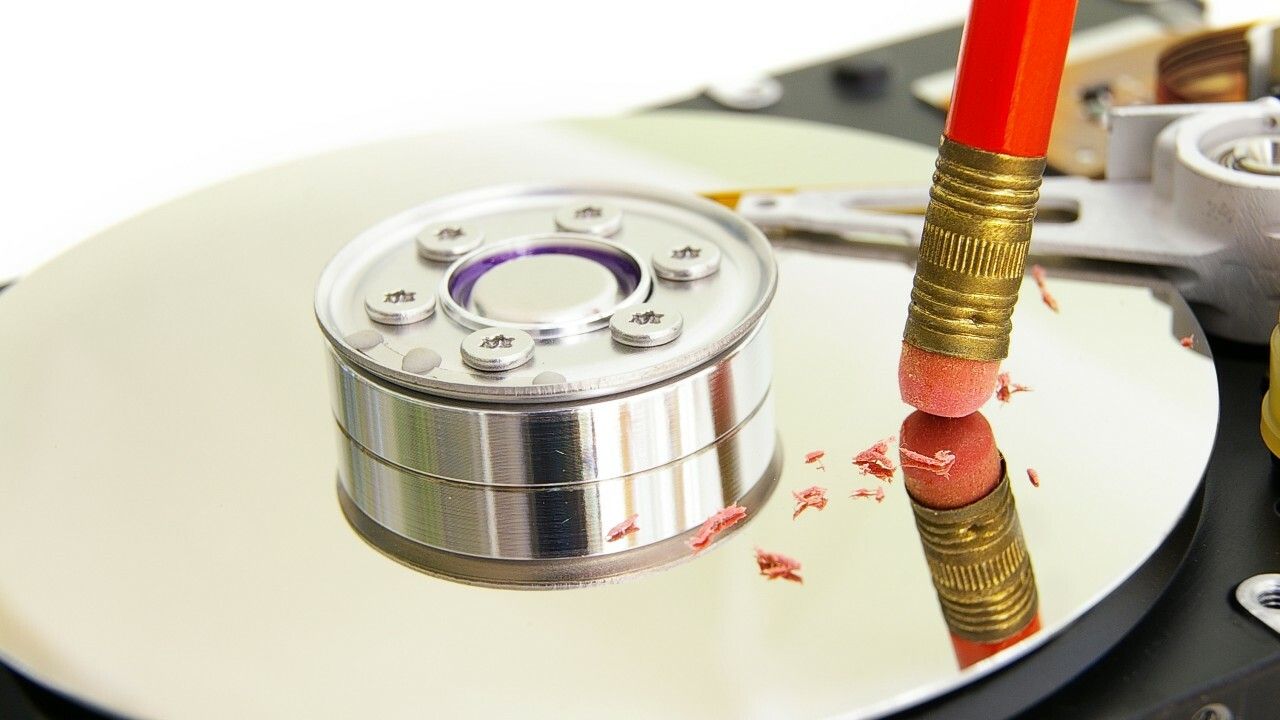
![How to Fix 0x80300024 Error on Windows 10 [Easy Guide]](https://robots.net/wp-content/uploads/2022/06/0x80300024-featured-300x175.jpg)
